Striatus presents a 3D printed concrete footbridge envisioned by Block Research Group (BRG) at ETH Zurich and Zaha Hadid Architects Computation and Design Group (ZHACODE), in collaboration with incremental3D (in3D), made possible by Holcim, located in Venice, Italy. The design exposes an assembly of blocks without mortar and unreinforced masonry.
The designers exhibited the sculpturesque structure at the Giardini Della Marinaressa during the Venice Architecture Biennale until November 2021. Spanning 16×12-metres, the footbridge integrates traditional techniques of master builders with advanced computational algorithms, engineering mechanics and robotics. “Striatus” stands to reflect the structural logic and fabrication procedure. The concrete stack in multiple layers orthogonal to the central structural forces, creating a “striated” compression-only funicular structure devoid of reinforcement.
Proposing a new language for concrete presses the idea ‘to build more with less. Structurally informed, fabrication aware, ecologically responsible and precisely placed, Striatus optimises interconnected properties of masonry structures. The precise geometry of Striatus gives strength to the unreinforced concrete structure. Concrete performs the best in compression to achieve arched and vaulted assemblies, with accurate forces travelling to the supports in pure compression. The entire construction is devoid of conventional accumulation of materials as in beams and flat floor slabs. The new language significantly reduces the amount of material to span space and the possibility to build with lower-strength and less-polluting alternatives.
Striatus follows a sustainable nature, placing materials wherever needed, thus reducing its environmental footprint. Stripping reinforcement and incorporating dry assembly without binders, Striatus can reassemble and repurpose repeatedly. Adhering to the philosophy of three R’s of sustainability (Reduce, Reuse, Recycle) on concrete structures.
Reduce: Lowering embodied emissions through structural geometry and additive manufacturing that minimises the consumption of resources and eliminates construction waste.
Reuse: Improving circularity and longevity. Unlike conventional reinforced concrete structures, Striatus is dry assembled with no binder or glue, enabling the bridge to dismantle and reuse in other locations.
Recycle: By ensuring fresh materials are separated and separable, the designers can easily recycle each component of Striatus with minimal energy and cost.
Striatus uses a two-component (2K) concrete ink, unlike typical 3D printing extrusion in simple horizontal layers. The corresponding printing head and pumping arrangement precisely prints in non-uniform and non-parallel layers via a 6-axis called the multi-DOF robotic arm. This new technology of 3D concrete printing, in combination with the arched masonry design, allows the subsequent components to withhold structurally bereft of reinforcement or post-tensioning.
Striatus redefines conventional interdisciplinary relations by integrating design, engineering, fabrication and construction mechanisms. Well-defined data exchange between the various domain-specific software toolchains involved in the process enables the precise manufacturing of the blocks. The co-development approach facilitates the use of COMPAS, an open-source computational framework for collaboration and research in the AEC industry.
Striatus offers an alternative blueprint for building more with less. Envisaged with the same structural principles and fully integrated computational design-to-fabrication techniques. The form explores a vaulted, rib-stiffened, unreinforced concrete ground developed by the Block Research Group in partnership with Holcim.
The new floor system uses only 30% of the volume of concrete and 10% steel. The low stresses within the funicular structure empower the use of low-embodied-carbon concrete, including high percentages of recycled construction waste. Prefabricated and dry-assembled, and therefore fully demountable and reusable, the floor system easily cleans and recycles at the end of its life.
Over about 300 billion square metres of floor area to be constructed worldwide over the next 30 years, and floors comprising over 40% of the weight of most high-rise buildings (10+ storeys), introducing the principles explored by Striatus would truly interrupt the construction industry and usher a new future to transform how we design and construct our built environment while addressing the defining challenges of our era.




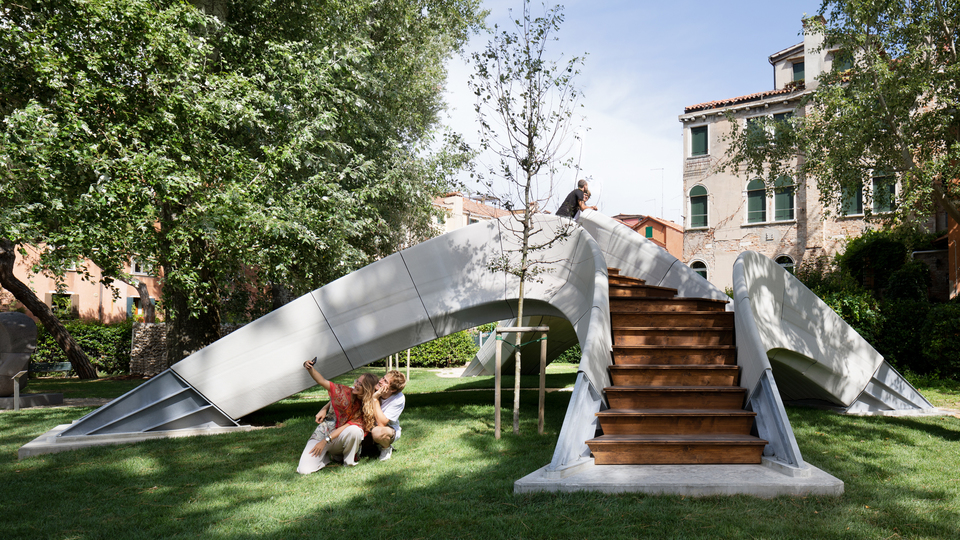
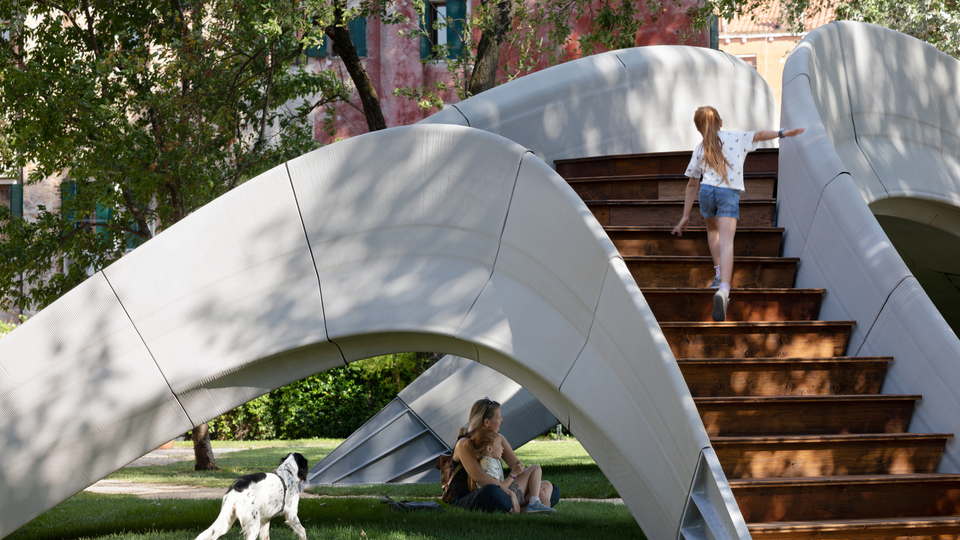

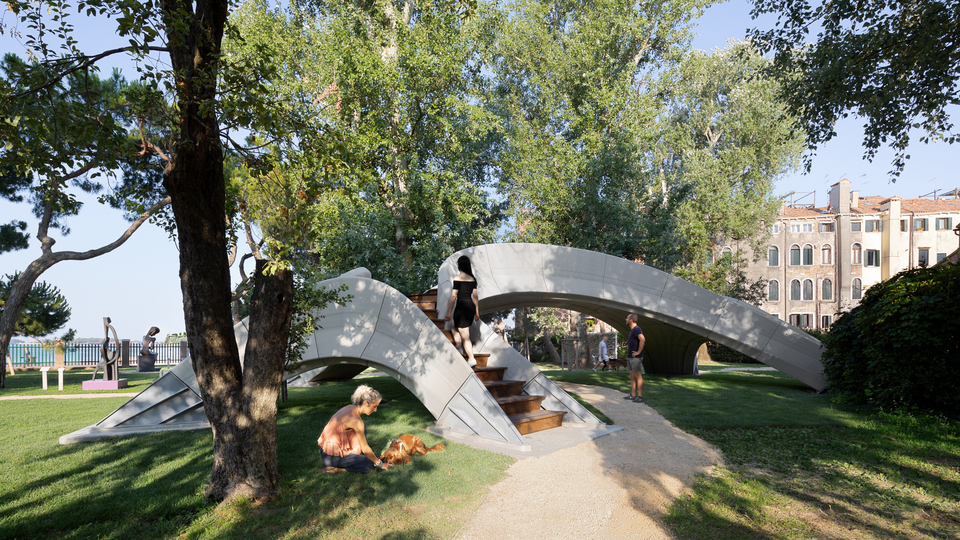
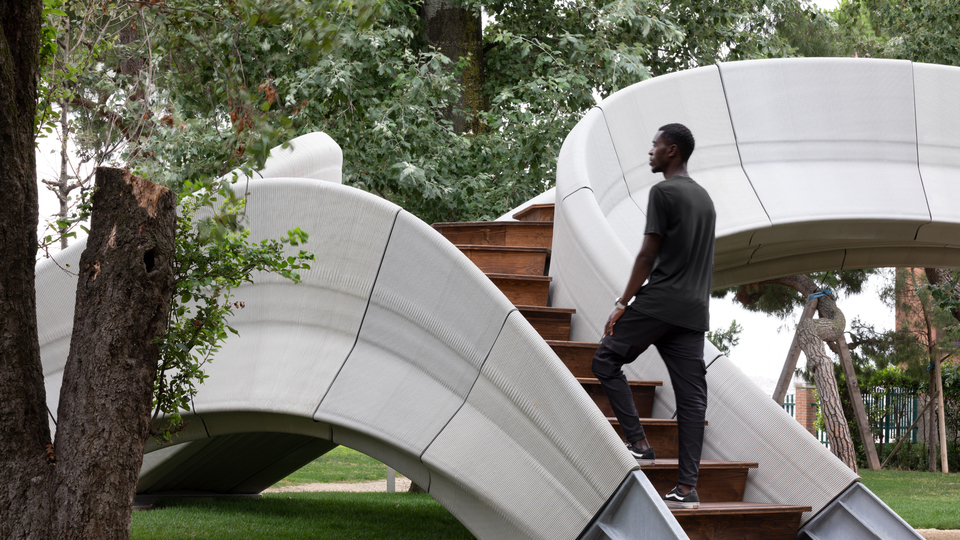
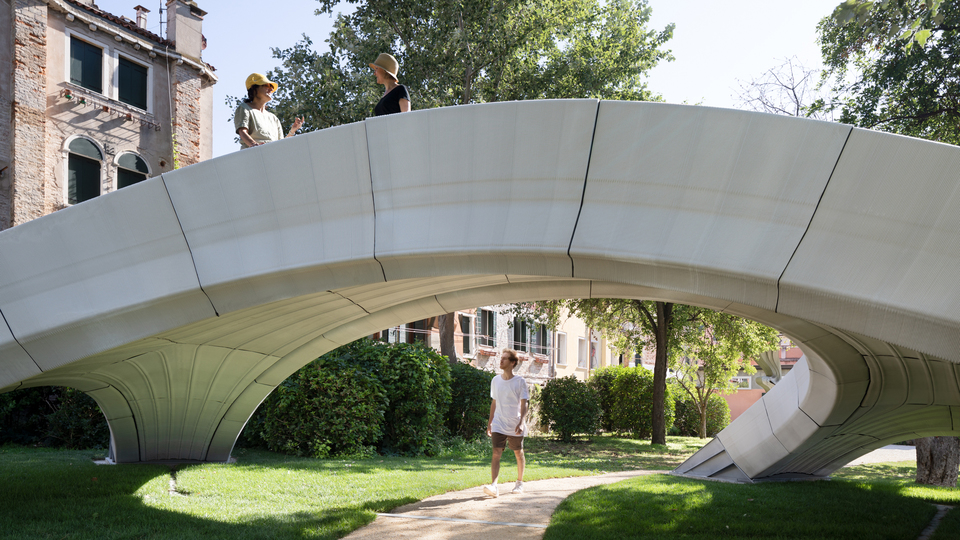


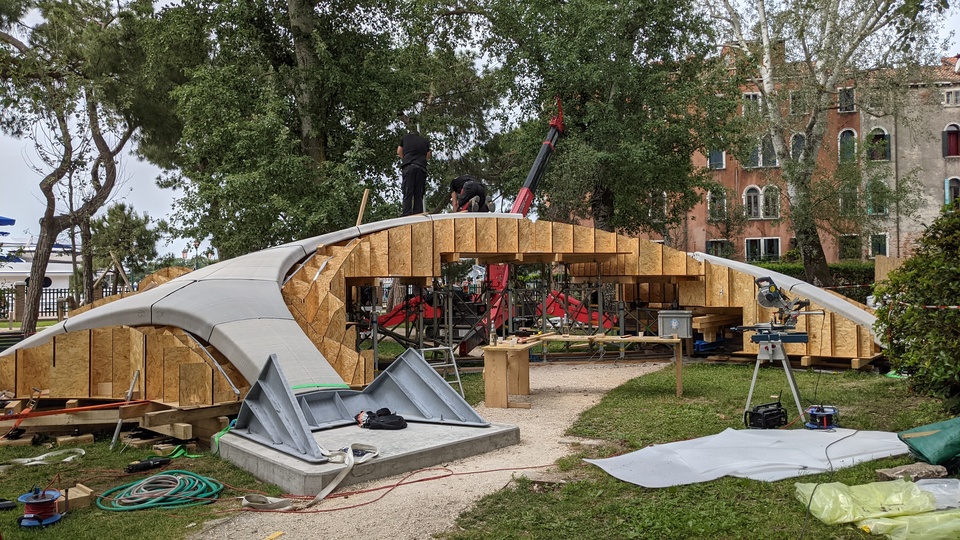

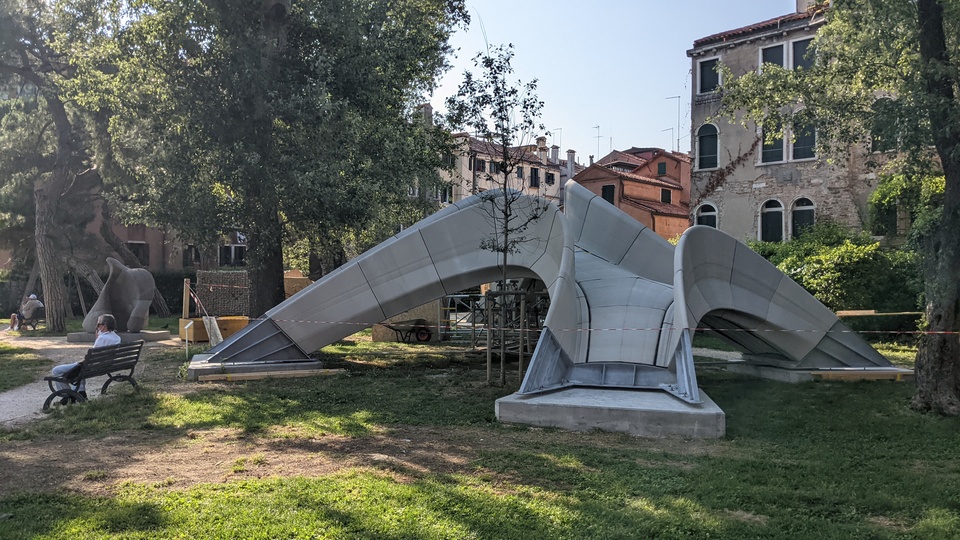
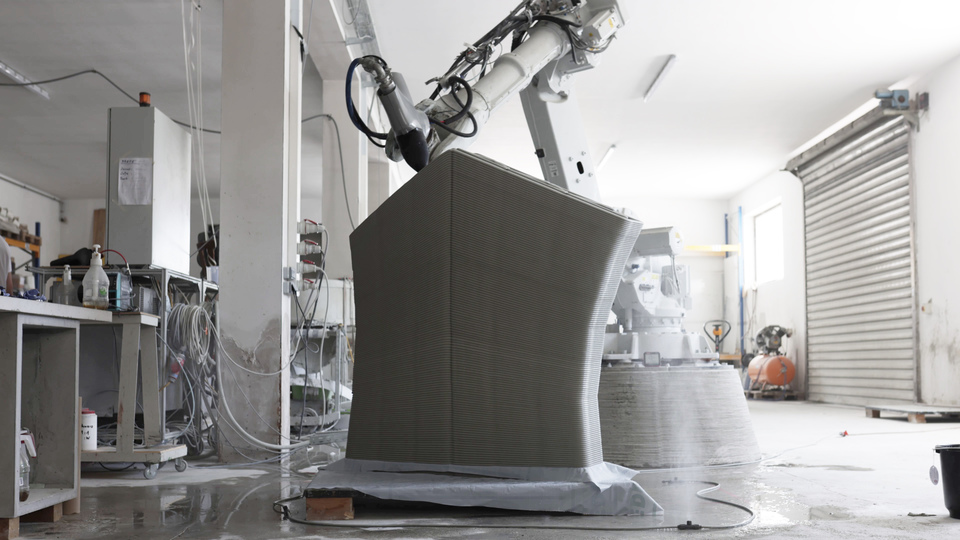
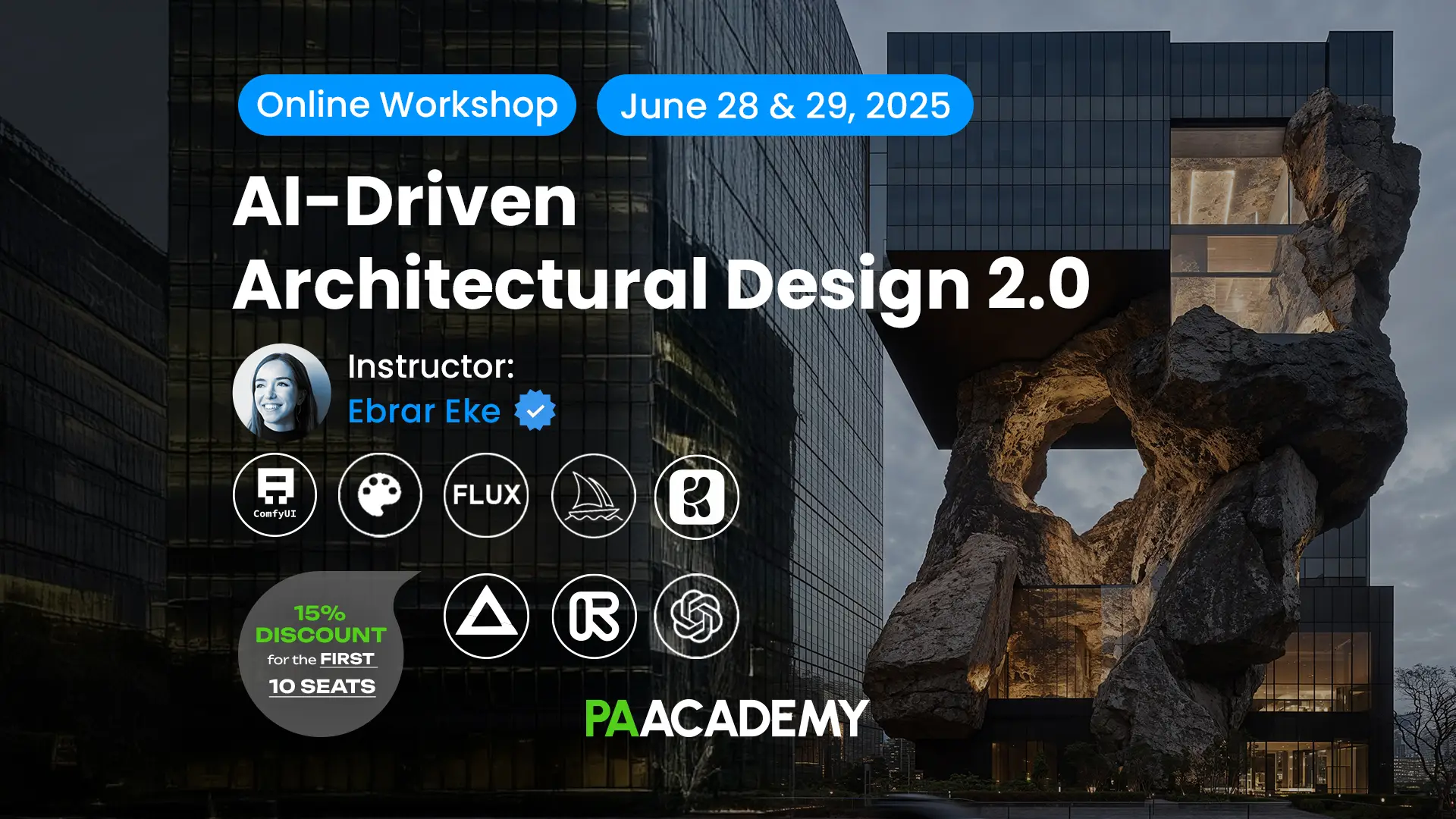
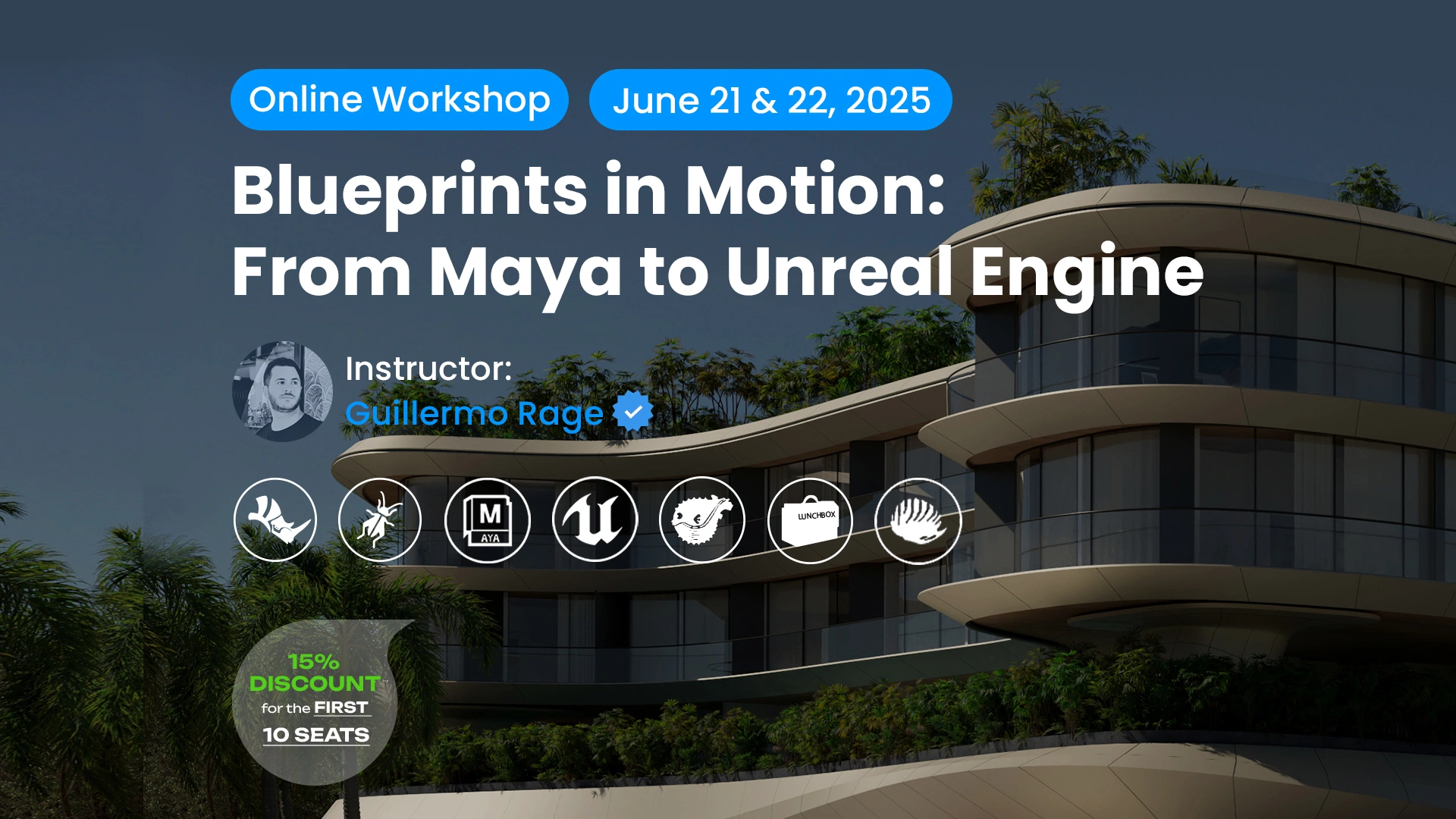


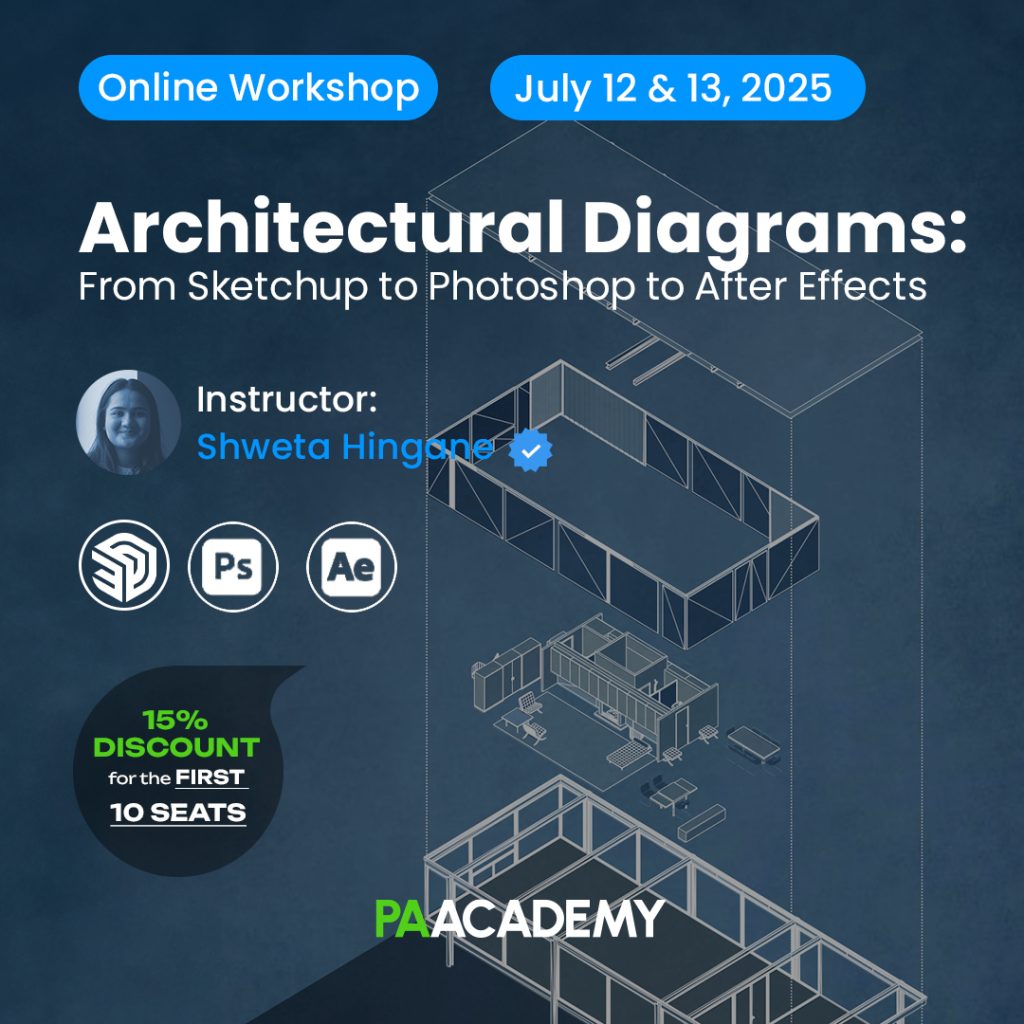








Leave a comment